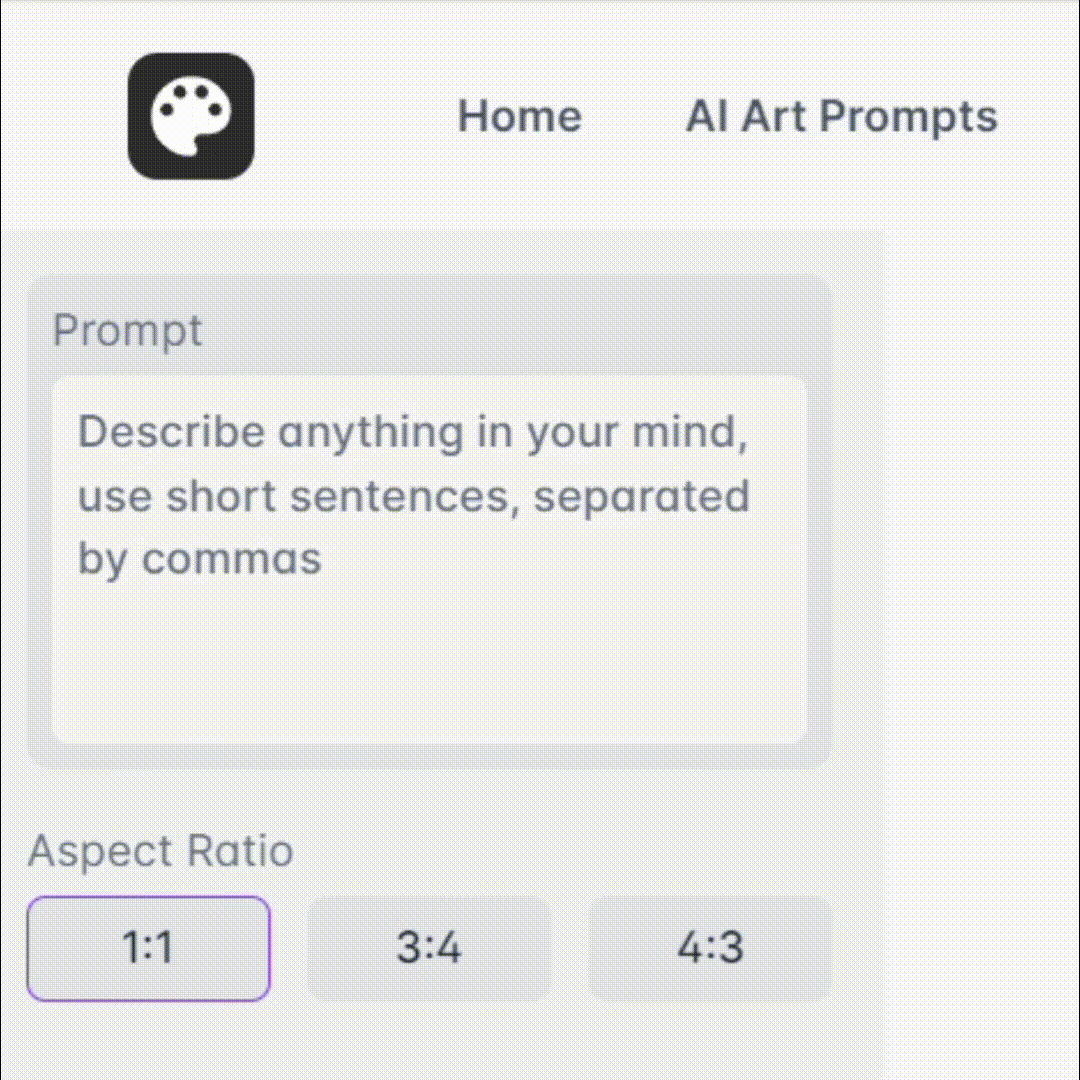
Software Architect - Cloud and Web Development Tool

Welcome! Let's build something great with cutting-edge tech.
Architecting the Future of Software Development
Explain how to set up a CI/CD pipeline with Jenkins and Docker.
Describe the benefits of using TypeScript with React.
How can AWS Lambda be integrated with a Node.js application?
What are the best practices for testing a Nest.js API?
Get Embed Code
Understanding Software Architect
A Software Architect plays a crucial role in the development of software systems, acting as a bridge between complex business requirements and the technical solutions that meet those needs. This role involves defining the overall structure of a system, its components, and how they interact with each other to fulfill business objectives. A key aspect of a Software Architect's job is to ensure that the software architecture is scalable, reliable, and maintainable, while also considering performance and security aspects. For example, in designing a cloud-native application, a Software Architect might choose a microservices architecture to ensure scalability and use Docker containers for consistent deployment across environments, leveraging AWS for its robust cloud infrastructure. Powered by ChatGPT-4o。

Key Functions of Software Architect
Designing Software Architecture
Example
Creating a scalable microservices architecture for a financial services platform, ensuring each service is independently deployable, scalable, and manages its own database schema.
Scenario
In a scenario where a company is moving from a monolithic system to a microservices architecture to improve scalability and deployment speeds, the Software Architect designs the overall structure, selects the appropriate technologies (e.g., Docker, Kubernetes), and defines the communication protocols (e.g., REST, gRPC).
Selecting the Right Technologies and Tools
Example
Choosing React for the frontend development due to its component-based architecture, combined with TypeScript for improved code reliability and maintainability.
Scenario
When building a new web application that requires a robust, interactive user interface, the Software Architect decides on using React with TypeScript to leverage the benefits of a modern JavaScript library along with static typing for better developer productivity and code quality.
Ensuring Quality and Performance
Example
Implementing continuous integration and delivery (CI/CD) pipelines using Jenkins to automate testing and deployment processes, ensuring code quality and faster delivery times.
Scenario
For a software development team aiming to increase their release velocity while maintaining high quality, the Software Architect integrates Jenkins for CI/CD, automates testing with a combination of unit tests and integration tests, and configures deployment strategies for rolling updates.
Ideal Users of Software Architect Services
Enterprise Development Teams
Teams within large organizations working on complex software projects that require a high level of scalability, security, and performance. These teams benefit from architectural expertise to navigate technical complexities and make informed decisions on technology stacks and deployment strategies.
Startups and Scale-ups
Emerging companies seeking to build or scale their software infrastructure efficiently. They need architectural guidance to adopt the right technologies and practices that allow for rapid growth and adaptability in a competitive landscape.
CTOs and Technical Leaders
Individuals responsible for the technical vision and execution within their organizations. They rely on Software Architect services to ensure the technical strategies align with business goals, optimize resource allocation, and mitigate risks in technology adoption.

How to Use Software Architect
Start your journey
Begin by visiting yeschat.ai to explore Software Architect capabilities with a free trial, no sign-up or ChatGPT Plus required.
Identify your needs
Evaluate your project requirements to determine how Software Architect can assist in architecture design, development, or deployment processes.
Explore features
Familiarize yourself with the tool's features, including AWS integration, Docker container management, Jenkins automation, and development frameworks such as Node.js, Nest.js, and React.
Apply best practices
Leverage Software Architect to enforce coding standards with ESLint, streamline development with TypeScript, and optimize UI with MUI-5.
Seek support
Utilize the extensive documentation and community forums for troubleshooting, tips, and advanced techniques to maximize your use of Software Architect.
Try other advanced and practical GPTs
XinGPT
Empowering Development with AI-Driven Insights

Track Performance with Technical SEO is Metadata
Elevate Your SEO with AI-Powered Metadata Optimization

SEO Assistant Pro
Empowering Your SEO Journey with AI

Mondolux Copywriter
Illuminate Your Content with AI Power

SEO Entity Wizard
Elevating SEO with AI-Powered Entity Insights

Social Post
Craft Your Story with AI-Powered Creativity

Aglo Systems Copywriter
Illuminate Your Content with AI

LaravelGPT
AI-powered Laravel Development Assistant

Turbo Keyword Tool
Unveil Your Niche's Keywords with AI

Frappe Developer
Powering Frappe Development with AI

Cinematic Movie Script Kit
Unleash Your Story's Potential with AI

Water Softener
Enhance water quality with AI-driven advice

FAQs about Software Architect
What makes Software Architect unique in handling cloud infrastructures?
Software Architect leverages deep integration with AWS to provide scalable, secure, and efficient cloud infrastructure designs, facilitating seamless deployment and management of cloud-native applications.
How does Software Architect enhance CI/CD processes?
By integrating with Jenkins, Software Architect automates builds, tests, and deployments, enabling continuous integration and delivery with minimal manual intervention, thus speeding up the software development lifecycle.
Can Software Architect assist in containerized application development?
Yes, it offers comprehensive support for Docker, allowing developers to containerize applications easily, ensuring consistency across environments and simplifying deployment and scaling.
What advantages does Software Architect offer for web development?
It supports modern web development frameworks like React, Express.js, and Nest.js, coupled with TypeScript and Vite for efficient, type-safe, and fast development experiences.
How does Software Architect help in maintaining code quality?
With built-in ESLint support, it enforces coding standards and best practices, helping teams to maintain high-quality, bug-free code across large-scale projects.






